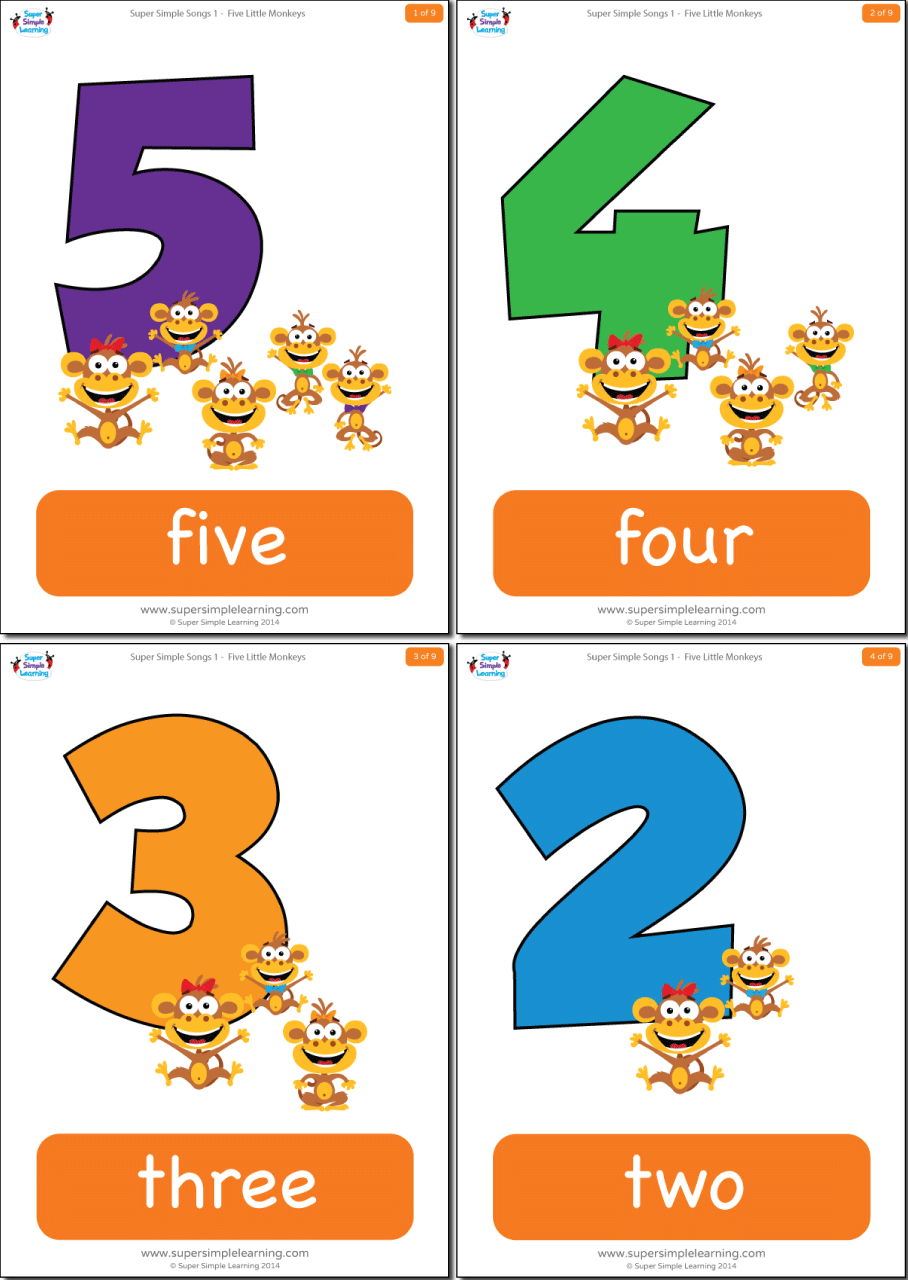First you need to memorize the assigned values of all cards. High cards (10, Jack, Queen, King, Ace) count as -1 each; Low cards (2 to 6) count as +1 each; The remaining cards (7 to 9) count as 0. The more you play the more you will be comfortable eyeballing this adjustment, without doing any real division in your head. Usually the right play is obvious. In borderline cases only will you need to do this True Count conversion. Step 4: The greater the true count, the more you should bet. This is where card counting becomes more art than.
Basic blackjack strategy
The single most important thing that you need to understand about the game of blackjack is that it is a game of player decisions.
Unlike any other game in the casino, when playing blackjack your decisions can have an outcome on how the hand plays out and thus can contribute to the wins or losses of the players at the table. Because of this fact, there is a mathematically proven strategy that gives you the best advantage when playing, and this should be used every time you play if you want the best odds in the long run.
This strategy is known as basic strategy and is illustrated in the blackjack strategy chart shown below:

As you can see from the diagrams in the chart, basic strategy outlines exactly how you should optimally play when considering what you have been dealt in relation to the dealer’s hand. Many new blackjack players make the mistake of going with gut feeling and being afraid to bust when they play, but using basic strategy every time is the best way to give yourself favorable odds during play.
When Counting Cards When Do You Betray
If you are familiar with casino games, you will know that the house has the advantage in every game in the casino, which is how they turn a profit. Blackjack is no exception, however is one of the lowest house edge games in the casino, which is why it’s such a great game for players to learn and play.
The house edge in a typical blackjack game is around 0.50 percent when a player uses perfect basic strategy during play. This means that for every $100 you bet, the casino expects to win $0.50 from you over an infinite number of hands. The reason why basic strategy is so important is because if you take this same example of a $100 average bet and apply it to an unskilled player, the house advantage can go as high as 2.5 percent or more, meaning that the house would expect to win $2.50 or more over time.
When Counting Cards When Do You Better

As you can see from the diagrams in the chart, basic strategy outlines exactly how you should optimally play when considering what you have been dealt in relation to the dealer’s hand. Many new blackjack players make the mistake of going with gut feeling and being afraid to bust when they play, but using basic strategy every time is the best way to give yourself favorable odds during play.
When Counting Cards When Do You Betray
If you are familiar with casino games, you will know that the house has the advantage in every game in the casino, which is how they turn a profit. Blackjack is no exception, however is one of the lowest house edge games in the casino, which is why it’s such a great game for players to learn and play.
The house edge in a typical blackjack game is around 0.50 percent when a player uses perfect basic strategy during play. This means that for every $100 you bet, the casino expects to win $0.50 from you over an infinite number of hands. The reason why basic strategy is so important is because if you take this same example of a $100 average bet and apply it to an unskilled player, the house advantage can go as high as 2.5 percent or more, meaning that the house would expect to win $2.50 or more over time.
When Counting Cards When Do You Better
Because of this, it’s easy to see why playing with basic strategy is the best choice for players each and every time.

